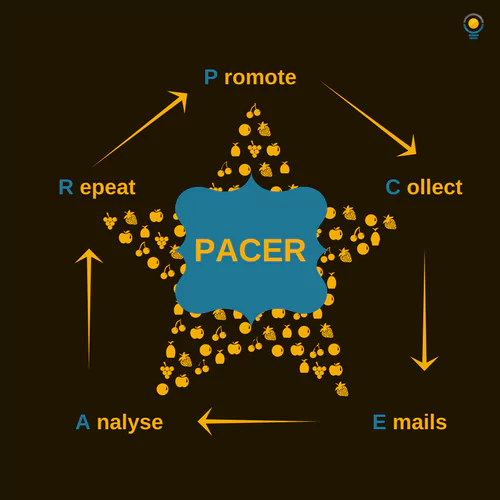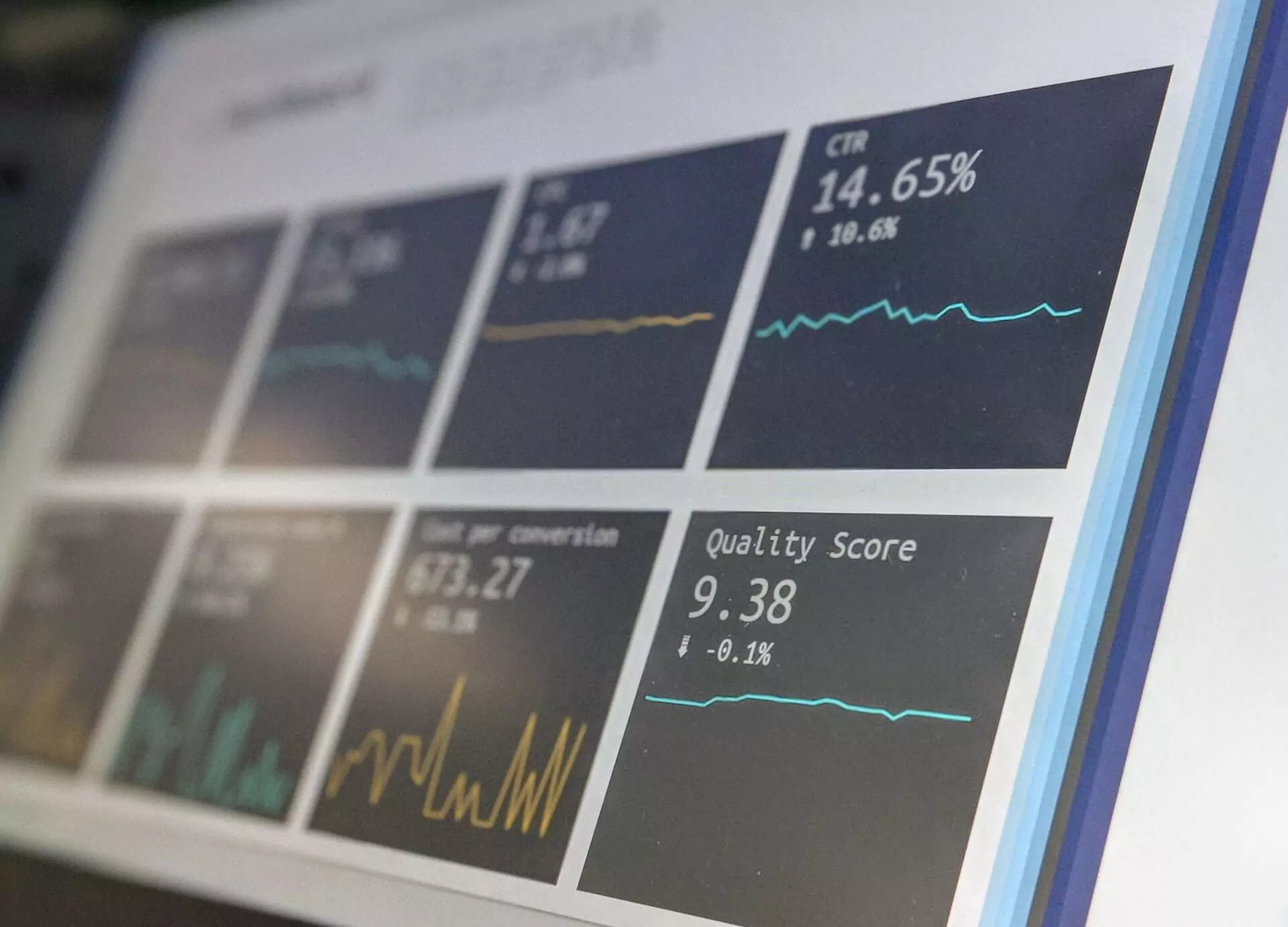Originally published August 10, 2017 , updated on October 17, 2023
While we hear news about several stores closing on a regular basis, there are some businesses which are still maintaining their physical preference and dominance in the market. While many retailers are investing in enhancing their online presence, many customers are completing their purchase process in brick and mortar stores.

These stores include: Beauty salon, care home, dentist, doctor, gyms, pharmacy, prescription eyeglass centre, veterinary care, hair care and spa
Many shoppers conduct their research online before making the purchase at a physical store. According to retailers, most customers (82%) conduct research online. A third of survey respondents believe that their website draws customers to the stores for sales associates who can act as experts. In fact, friendly and helpful associates are the biggest reason for in-store visits (cited by 38% of respondents). Physical stores encourage engagement, trust and experiential shopping, which can’t be replaced by the transactional nature of online channels. The shopping experience offline is why many stores like Amazon are investing in physical stores.
Consumers are placing more value on health and wellness and the definition of health and wellness has evolved. According to Euromonitor International, the global market for health and wellness offerings reached $686 billion in 2016 and it is expected to grow at a 3.5% CAGR, to $815 billion, by 2021. There is further opportunity for retailers in the health and wellness, according to a study by JWT Intelligence, 50% of US and 47% of UK Millennials claimed they were more likely to visit a brick and mortar store that offered athletic facilities.
Building Relationships With Health, Wellness and Personal Care Stores and Retailers
Getting your products to be stocked with retailers is a challenging process but we have developed a detailed plan for you to help get in touch with them. This is a step by step guide, which we call PACER, which provides you insight into how to use outbound and inbound marketing to get into businesses with a physical presence.

PACER (Promote > Collect > Email > Analyse > Repeat)
The name of the game is being tactful. It’s not about inbound or outbound marketing; it’s about standing out and building trust. You can’t build trust with customers if you haven’t made contact with them yet. If you’re merely relying on blogging, Facebook, or Twitter to pull in the punters, we have some bad news for you: outbound tools, like email, see an average click-through rate of 3.57%, compared to 0.07% for Facebook and 0.03% for Twitter.
PROMOTE
According to Eric Worre, Go Pro: 7 Steps to Becoming a Network Marketing Professional, you need to give away something in order to invite people to your network. To start your promotion, you need to give knowledge, webinars, software tools, and other freebies to get your target market interested in what you’re offering. Some call it Inbound marketing, others Karma, but the fact of the matter is that genuine promotion is about giving, not taking.
COLLECT
Once you have done your promoting, you need to find a way to collect the email addresses of your target market and proactively email them. This is very much an outbound tactic, and yes, you will approach them cold. If you have done your promotion right, they would already have heard of you.
There are various tools in the market that enable you to collect email addresses. Alternatively, you can use data marketing agencies to buy lists. In a bid for shameless promotion, we also offer a free tool to help you generate a B2B list of leads including phone numbers and email addresses.
EMAIL The Retailers
Once you have collected the email addresses of retailers, you need to carefully draft an email and send it out using a mail merge tool. Be careful: please don’t send out newsletters or HTML emails, the default option on Mailchimp.
This section has three parts:
1. Drafting emails which generate high conversions
2. Sending out the emails
3. Developing effective landing pages
ANALYSE

This is probably the most import aspect of the campaign. You need to make sure your campaign actually reaches the goals you’ve set and that you get responses. The best outcome of the campaign is that you receive several positive responses from reatilers, mostly in the form of signups or a direct response to the email.
This email campaign will generate a much higher response rate than the industry email marketing statistics. Our previous campaigns on average have the following responses:
Open rates should be 45-60%
Average open rate is 9.2-20%
Click through rate of 4-11% and
Average CTR is between 1.25-5.13%
Conversion rate of 2-5%
REPEAT
Now repeat the process with new data and keep doing this recursively till you find a target market.
Post Views: 139



















